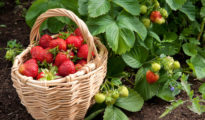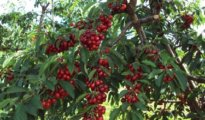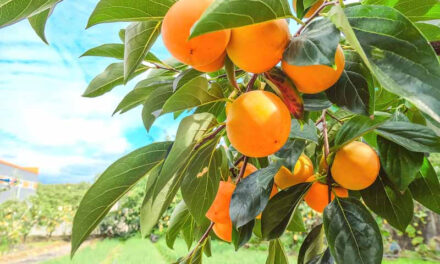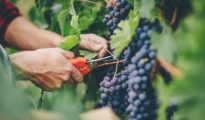Growing fruits and berries is a rewarding and enjoyable experience for many gardeners. Not only do these plants provide fresh and nutritious food, but they also add beauty and variety to the landscape. Whether you are a beginner or an experienced gardener, there are several tips and tricks you can use to ensure a bountiful harvest. In this blog post, we will explore some of the best practices for growing fruits and berries.
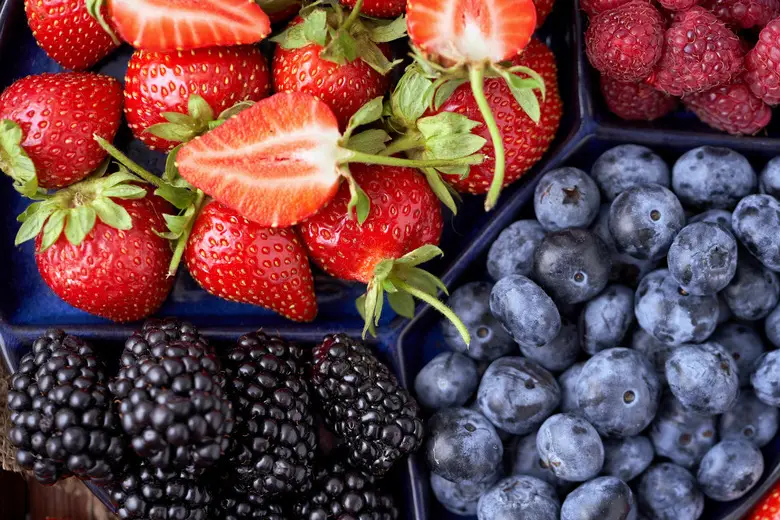
Choosing the Right Location
One of the most important factors in growing fruits and berries is choosing the right location. Most fruiting plants require full sun, which means at least six hours of direct sunlight per day. Some fruits, such as blueberries, can tolerate partial shade, but most require full sun. Make sure to choose a location that is sheltered from strong winds and has good soil drainage.
Preparing the Soil
Before planting your fruiting plants, it's important to prepare the soil. Fruits and berries require soil that is rich in organic matter, well-drained, and has a pH between 6.0 and 7.0. To prepare the soil, start by removing any weeds or grass from the planting area. Then, add a layer of compost or well-rotted manure to the soil and mix it in thoroughly. If the soil pH is too low, add lime to raise it to the desired level.
Choosing the Right Varieties
When it comes to growing fruits and berries, choosing the right varieties is key. There are many different types of fruits and berries to choose from, each with their own unique requirements and characteristics. When selecting varieties, consider factors such as hardiness, disease resistance, and fruit quality.
For example, if you live in a cold climate, you may want to choose varieties that are known for their cold hardiness, such as apple varieties like Honeycrisp or McIntosh. If you're looking for disease-resistant varieties, consider planting blueberries like the Jersey or Blueray varieties, which are resistant to several common diseases.
Planting and Pruning
Once you have chosen the right location, prepared the soil, and selected the right varieties, it's time to plant your fruits and berries. Most fruiting plants should be planted in the early spring, when the soil is warm and workable. Before planting, make sure to water the plants thoroughly and dig a hole that is large enough to accommodate the root ball.
After planting, it's important to prune your fruits and berries regularly to ensure optimal growth and fruit production. Pruning helps to promote healthy growth, remove dead or diseased wood, and shape the plant for optimal fruit production. Make sure to follow proper pruning techniques for each type of fruit or berry, as different plants require different pruning methods.
Watering and Fertilizing
Watering and fertilizing are also important factors in growing fruits and berries. Most fruiting plants require regular watering, especially during periods of drought. To prevent overwatering, make sure to water deeply but infrequently, allowing the soil to dry out slightly between watering.
Fertilizing is also important for optimal growth and fruit production. Before planting, mix a slow-release fertilizer into the soil. Once your plants are established, you can apply a balanced fertilizer every four to six weeks during the growing season. Make sure to follow the recommended application rates for your specific plant.
Pest and Disease Management
One of the biggest challenges in growing fruits and berries is managing pests and diseases. There are many different types of pests and diseases that can affect fruiting plants, including insects, fungi, and bacteria. To prevent and manage these issues, it's important to take a proactive approach to pest and disease management.
One effective strategy is to practice good sanitation in the garden. This includes removing fallen leaves and fruit, pruning away dead or diseased wood, and disposing of these materials properly. Keeping the garden clean and free of debris can help prevent the buildup of pests and diseases.
Another important strategy is to choose disease-resistant varieties and plant them in locations with good air circulation and plenty of sunlight. Additionally, you can use organic pest control methods such as neem oil, insecticidal soap, and biological controls like ladybugs and praying mantises. It's important to read and follow the instructions on any pest control product carefully to ensure it's used safely and effectively.
Harvesting and Storing
Once your fruits and berries are ready for harvest, it's important to pick them at the right time for optimal flavor and nutrition. Different types of fruits and berries have different ripening times and indicators, so make sure to research the specific requirements for your plants. Generally, fruits should be picked when they are fully ripe but not overripe, while berries should be picked when they are plump and brightly colored.
After harvesting, it's important to store your fruits and berries properly to ensure they stay fresh and delicious. Some fruits, such as apples and pears, can be stored in a cool, dark place like a root cellar or refrigerator. Berries, on the other hand, should be eaten or frozen as soon as possible after harvesting to prevent spoilage.
Growing fruits and berries can be a rewarding and enjoyable experience for any gardener. By following these tips and best practices, you can ensure a bountiful harvest of delicious and nutritious fruits and berries. Remember to choose the right location, prepare the soil, choose the right varieties, plant and prune properly, water and fertilize regularly, manage pests and diseases proactively, and harvest and store your fruits and berries properly. With these techniques, you'll be well on your way to a thriving fruit and berry garden.


